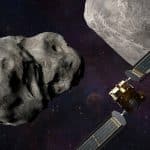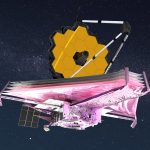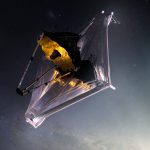Since the very beginning of space exploration, scientists have always been dedicated to expanding the boundaries of our understanding of space and the universe.
Through decades of unwavering research, they have made groundbreaking discoveries about the mysteries of our universe. Moreover, they have developed innovations that have improved daily life, advanced medical research, and supported disaster response.
And on Sept. 24, 2023, another extraordinary milestone happened in the world of NASA research.
The long-awaited moment has finally arrived as NASA’s OSIRIS-REx (Origins, Spectral Interpretation, Resource Identification, and Security–Regolith Explorer) team successfully retrieved a capsule containing rocks and dust from asteroid Bennu.
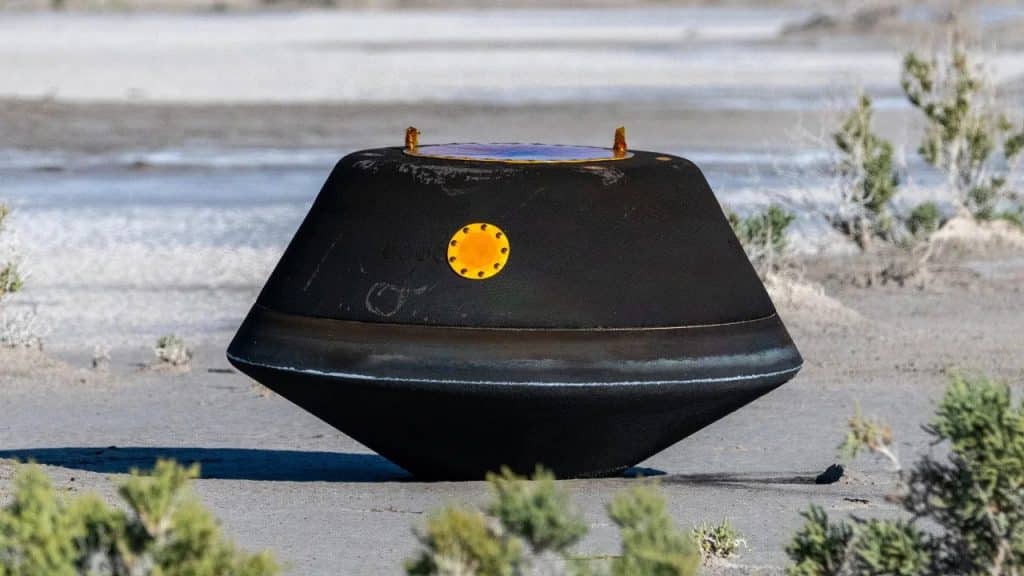
The capsule landed at the Department of Defense’s Utah Test and Training Range near Salt Lake City at 8:52 a.m. MDT (10:52 a.m. EDT), precisely hitting its target area.
The OSIRIS-REx is a mission that aims to collect samples from an asteroid. The spacecraft was launched on September 8, 2016, and traveled to a near-Earth asteroid named 101955 Bennu or simply Bennu (formerly 1999 RQ36).
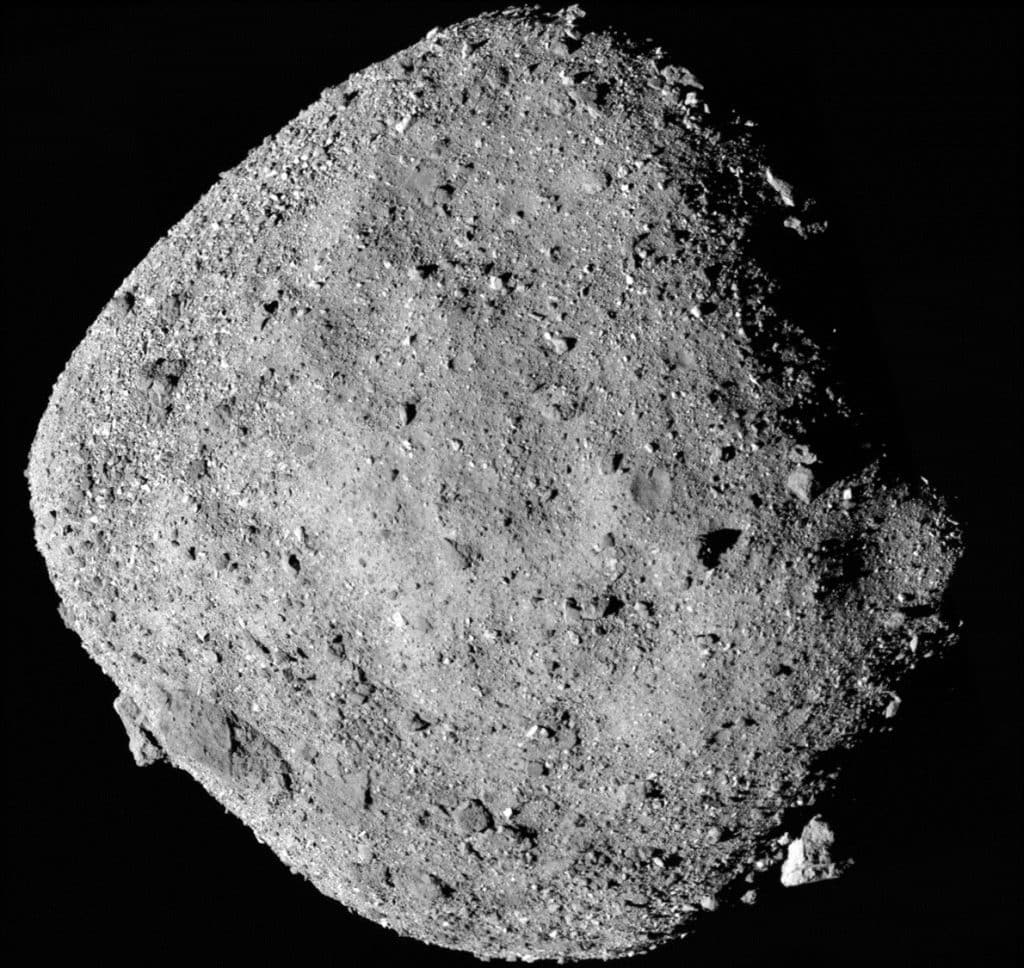
Bennu measures a little over 1,600 feet across, roughly equivalent to the height of the Empire State Building. It was named after Bennu, an ancient Egyptian deity. A nine-year-old Michael Puzio from North Carolina won a contest to name the asteroid in 2013.

The spacecraft entered orbit around Bennu on December 31, 2018. On October 20, 2020, it made a brief but memorable touchdown on Bennu to retrieve a sample from its surface.
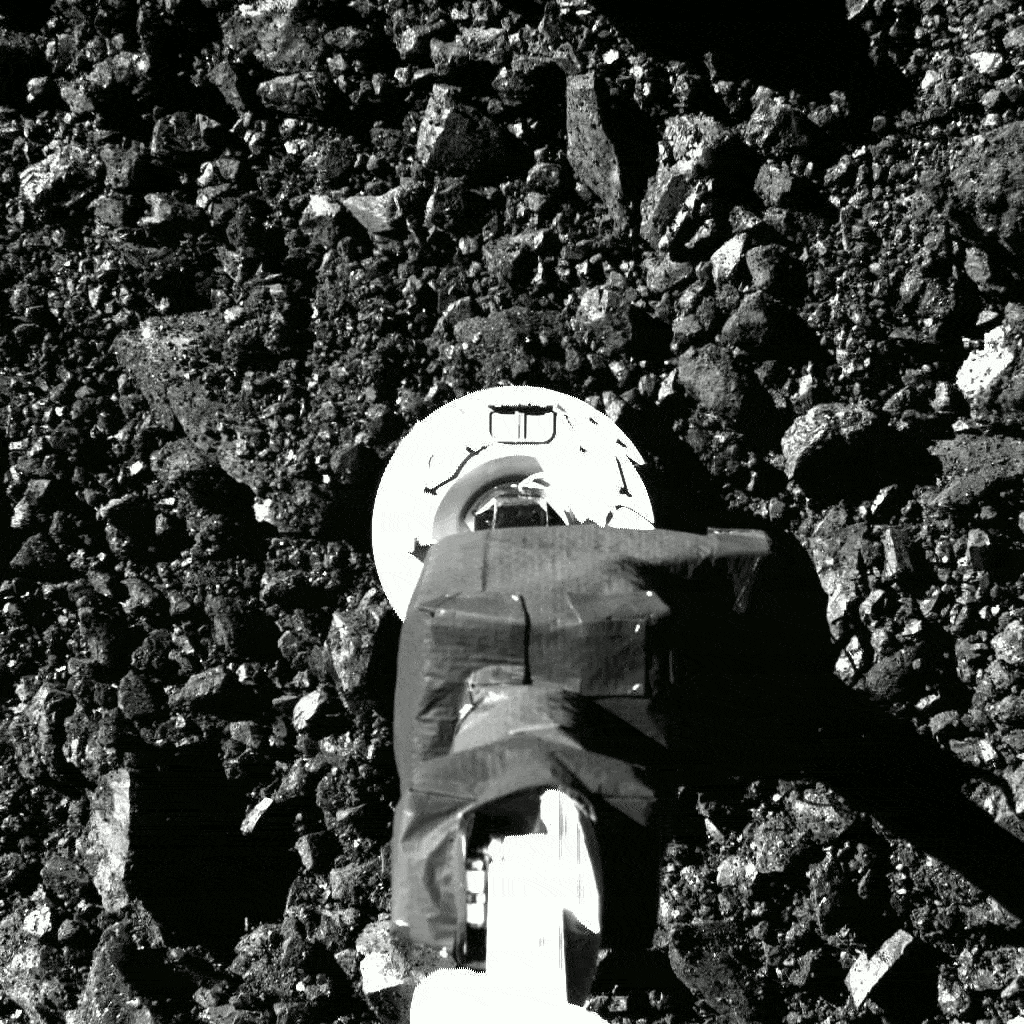
The collected sample was delivered back to Earth on September 24, 2023. Then, it started its return trip to Earth in May 2021 after traveling 3.86 billion miles to Bennu and back.
The OSIRIS-REx spacecraft didn’t land on Earth. Instead, it delivered samples of asteroid Bennu by releasing the capsule holding pieces of Bennu over Earth’s atmosphere. The capsule parachuted to the designated place where the OSIRIS-REx team was waiting to retrieve it.
The capsule was discovered on the sandy terrain, appearing undamaged and arranged neatly upright. The Bennu sample was approximately 8.8 ounces, or 250 grams.
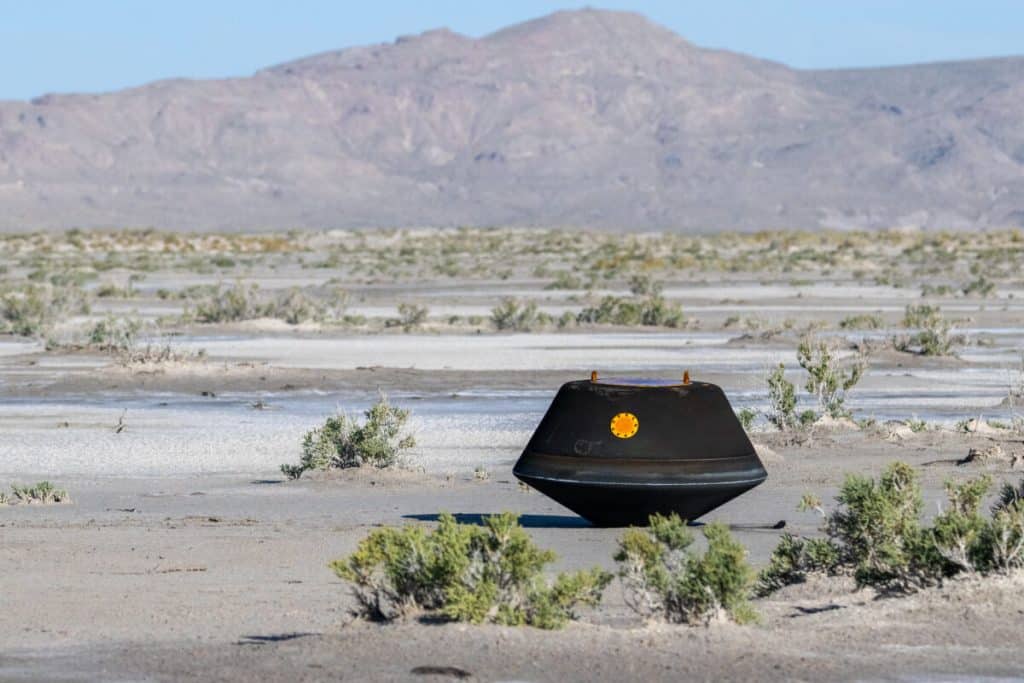
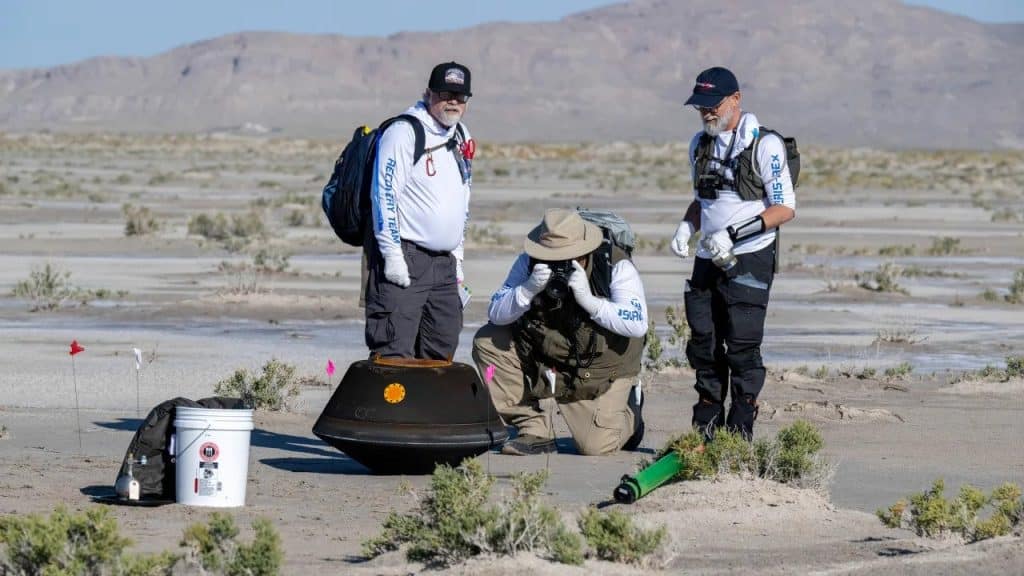
A chopper transported the capsule using a 100-foot line to a sterile environment in a military airfield.
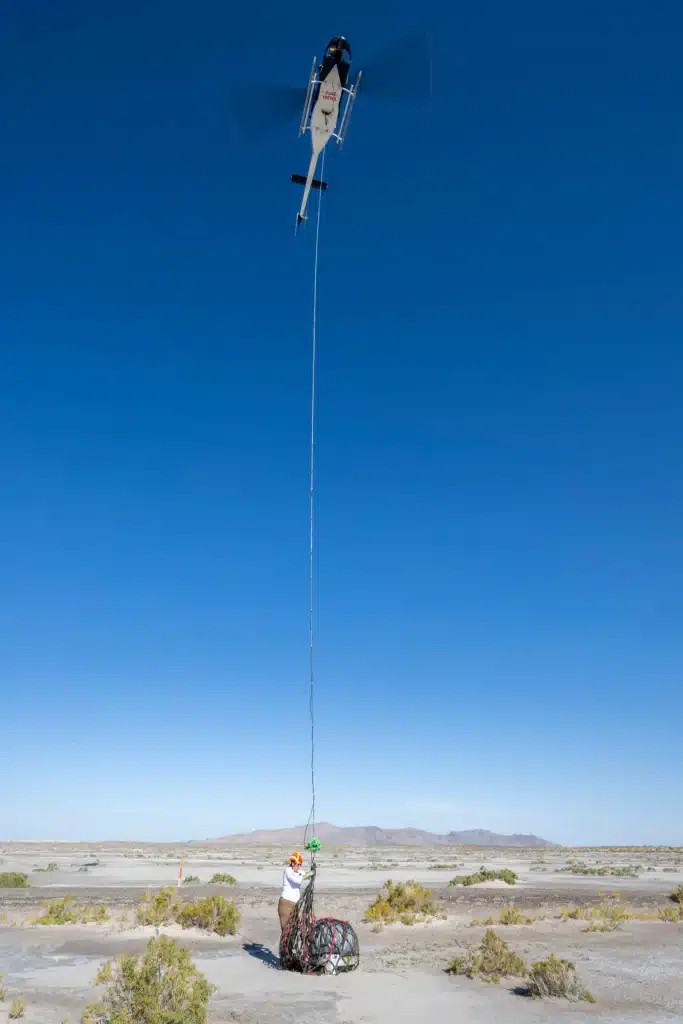
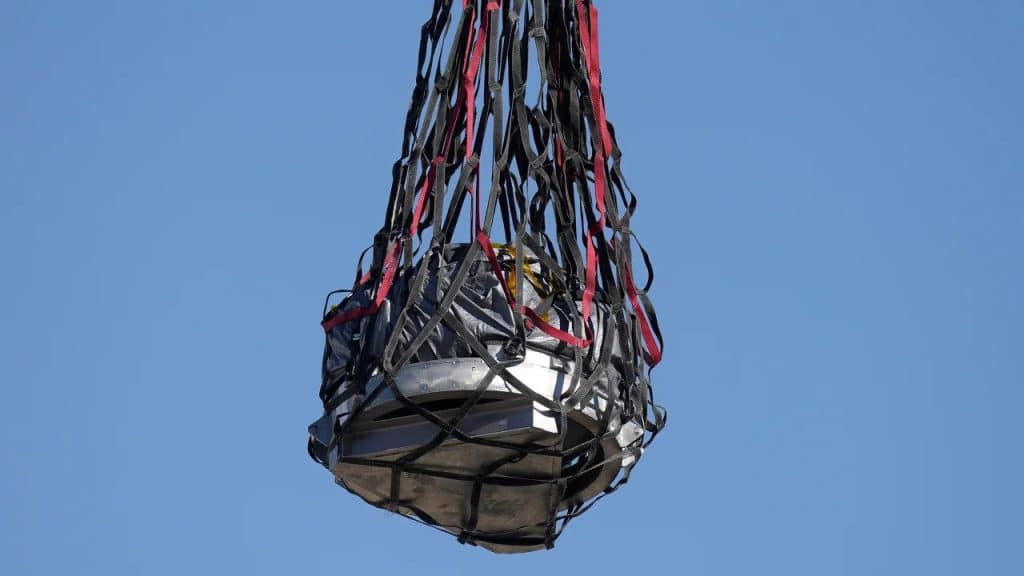
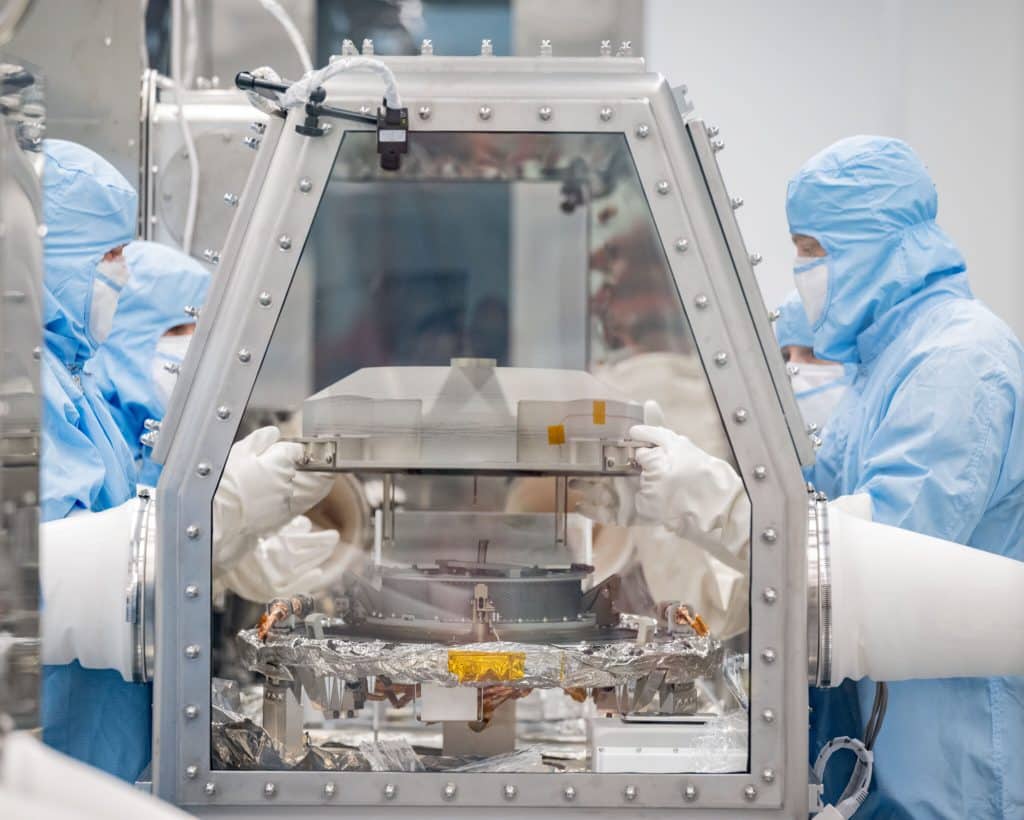
The capsule was transported to the NASA Johnson Space Center in Texas for further examination.
Now, you might wonder why NASA sent a spacecraft to sample the asteroid Bennu.
Scientists believe that the sample collected from the Bennu asteroid will help them learn more about the solar system’s origins and how life began. This is because Bennu is an asteroid with rocks that date back 4 billion years to the solar system’s earliest years.
It could also offer insights into the development of our planet’s oceanic environment that can support life, such as the evolution of complex organisms.
Moreover, the analysis of the sample can aid scientists in better understanding Bennu’s composition and the potential risks it may pose if it were to collide with Earth. This can lead to a better understanding of asteroids that could impact our planet.
The asteroid Bennu’s orbit is near Earth, but NASA estimates the likelihood of impact is low, with only a 1 in 1,750 chance of occurrence through 2300. If it were to collide with Earth, it would cause significant damage to the impacted area, but not mass extinctions.
OSIRIS-REx’s early warning system could help scientists take preventative measures well before any potential impact by redirecting the asteroid using the “kinetic impactor” technique demonstrated by NASA’s DART mission.

